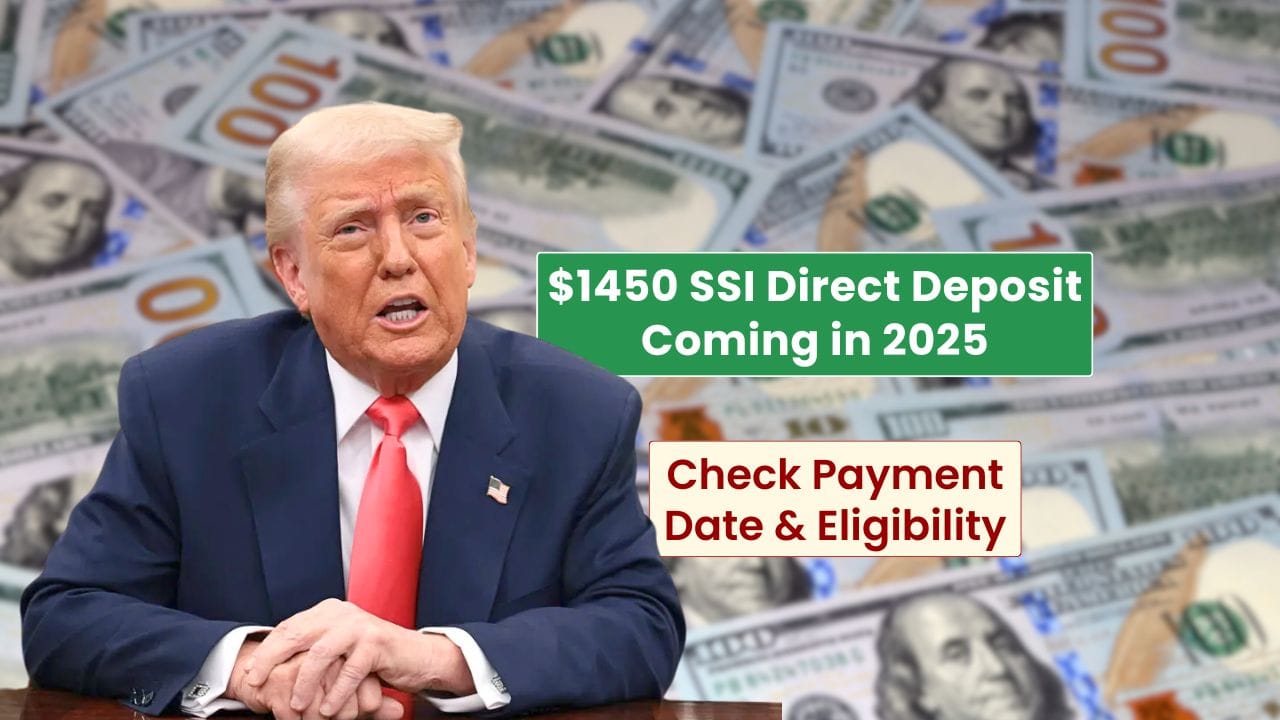With the cost of essentials like food, energy, and transport still rising, the UK government is stepping in once again. A second Cost of Living Payment worth £300 will be delivered to millions of households in June 2025—offering crucial support to those who need it most.
This financial boost, provided through the Department for Work and Pensions (DWP) and HM Revenue & Customs (HMRC), is part of the government’s broader strategy to ease financial pressure on low-income families and vulnerable groups.
Here’s everything you need to know—clear, updated, and easy to understand.
Payment Overview
| Detail | Information |
|---|---|
| Amount | £300 |
| Payment Dates | June 12 – June 28, 2025 |
| Eligible Benefits | Universal Credit, Pension Credit, Income-based JSA/ESA, Income Support, Tax Credits |
| Application Required? | No |
| Payment Method | Direct deposit to your bank account |
| Reference | “DWP COL” or “HMRC COLS” on bank statement |
| Source | gov.uk |
Who Is Eligible?
You’ll be eligible for the £300 payment if you were receiving any of the following means-tested benefits during the qualifying period:
- Universal Credit
- Income-based Jobseeker’s Allowance (JSA)
- Income-related Employment and Support Allowance (ESA)
- Pension Credit
- Income Support
- Working Tax Credit
- Child Tax Credit
🔍 Note: You won’t qualify if you only receive contribution-based JSA or ESA—unless you also get one of the income-based versions.
The qualifying period is expected to be announced shortly. It usually refers to a specific set of days during which you must have received a benefit payment or had a successful claim.
When and How Will You Be Paid?
Payments will be rolled out automatically between June 12 and June 28, 2025. No need to fill out any forms or make a claim.
You’ll receive the payment directly into your bank account, and it will appear on your statement as:
- “DWP COL” – if your payments come via DWP
- “HMRC COLS” – if you receive Tax Credits
Make sure your banking and contact details are up to date with the relevant department to avoid any delays.
Why This Support Matters
This isn’t just a one-time cash drop. It’s designed to offset the rising cost of living, particularly for essentials many struggle to afford.
The £300 can help with:
| Expense Type | How It Helps |
|---|---|
| Utilities | Covers heating, electricity, and water bills |
| Groceries | Supports weekly food shops |
| Transport | Helps with petrol, travel cards, or bus fares |
| Childcare | Eases nursery or after-school club expenses |
| Healthcare | Assists with prescription charges and GP costs |
Other Support You May Be Eligible For
This payment is part of a wider network of financial support. You might also qualify for:
- Warm Home Discount – One-off £150 discount on electricity bills
- Winter Fuel Payment – For pensioners born before 25 Sept 1958
- Household Support Fund – Emergency help from local councils
- Free School Meals/Vouchers – Especially during school holidays
These schemes aim to catch anyone slipping through the cracks—so don’t miss out. Contact your local council or check gov.uk for more details.
Final Thoughts
The £300 Cost of Living Payment is more than just temporary relief—it’s a lifeline for many navigating financial uncertainty. Whether it’s helping to cover energy bills, school lunches, or the weekly food shop, this support can make a real difference.
Double-check your benefit status and banking details, then watch for that “DWP COL” deposit in June.
Stay Informed
Bookmark gov.uk/cost-of-living to keep up with the latest updates and official announcements.
FAQ
Who gets the £300 payment?
Anyone on qualifying benefits like Universal Credit, ESA, Pension Credit, or Tax Credits during the eligibility period.
Do I need to apply?
No. If you’re eligible, the payment is sent automatically.
When is the payment made?
Between June 12 and June 28, 2025.
How will it show up in my bank?
Look for references like “DWP COL” or “HMRC COLS.”
What if I’ve changed my bank details?
Update them with DWP or HMRC immediately to avoid missing your payment.












